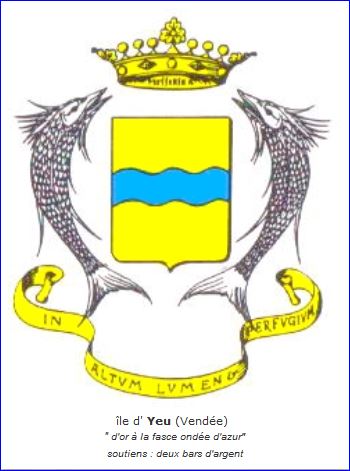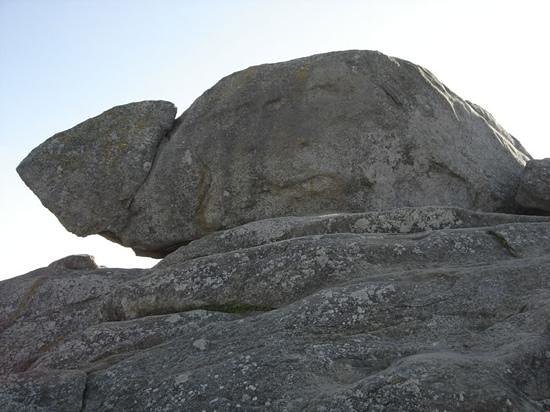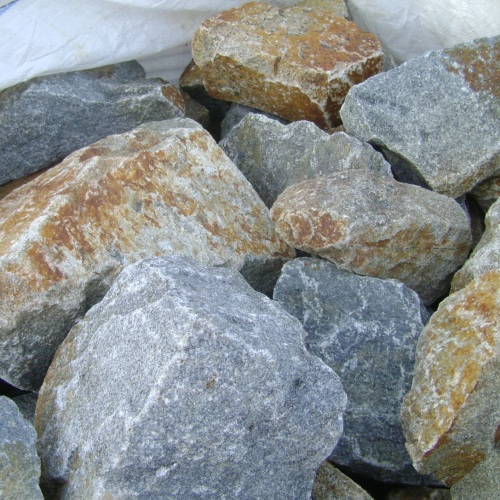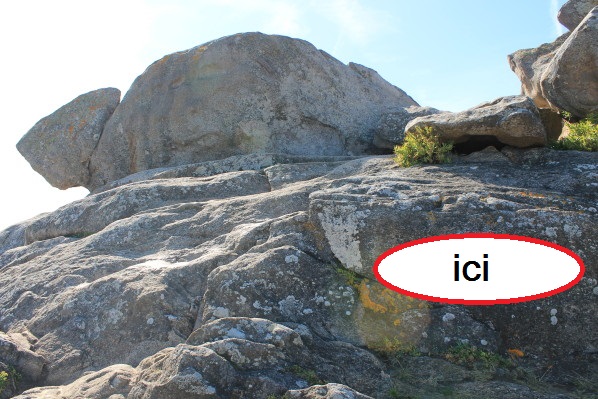pour cette earth cache, il faudra vous munir d'un métre

To hide this earth you will have go at low tide
Ile d'yeu


l'ile d'yeu est une commune française située dans le département de la Vendée en région, pays de loire
Le territoire de la commune est constitué essentiellement de l'île homonyme, auxquels sont associés des rochers et autres récifs (Les chiens Perrins, Basse Flore, Le Grand Champ, Le Petit Champ, La Gournaise, etc.).
L'île principale est située à une vingtaine de kilomètres du continent et s'étend sur 9,8km de long pour 3.7km de large. la superficie de l'ile est de 23km² quand au pourtour 60km
Elle présente deux visages distincts :
Is a French commune located in the department of Vendee region, Loire country
The territory of the municipality consists essentially of the namesake island, which are associated with other rocks and reefs (Dogs Perrins, Lower Flora Grand Champ, Le Petit Champ, The Gournaise, etc.).
The main island is located about twenty kilometers from the continent and extends along 9,8km to 3.7km wide. the surface of the island is 23km² when at around 60km
It has two distinct faces
-La côte orientale est sablonneuse et verdoyante, semblable à celle que l'on rencontre sur la côte vendéenne ; c'est sur cette côte que se trouve Port-Joinville.
-The eastern coast is sandy, green, similar to that encountered on the Vendée coast; it is on this side that is Port-Joinville.

-la côte occidentale, est une « Cote sauvage » rocheuse granitique avec des criques et des falaises ; elle ressemble fortement à la côte bretonne. Le point culminant est situé entre le Vieu chateau et le Cap des Degrés ; il s'élève à 31 mètres sur ce coté ont peut voir la pierre des amporelles, la table du jars, pierre du pain et du beurre, menhir des soux, ainsi que la pierre tremblante
-the western coast, is a "Wild Coast" granite rock with coves and cliffs; it strongly resembles the Brittany coast. The highest point is located between the castle and the Vieu Cape Degrees; it is 31 meters on this side have can see the stone amporelles, the table of jars, stone bread and butter, the menhir soux and scrapie stone

La pierre tremblante / scrapie stone

situé entre le port de la meule et la pointe de la tranche, plus precisement entre la roche galoubrit et la roche taillée, cette pierre est un énorme rocher, qui ressemble à un rat géant pétrifié. Si vous le poussez d'une manière régulière, vous le sentirez bouger.
located between the port of the wheel and the point of the wafer, more specifically between galoubrit rock and carved rock, this stone is a huge rock, which looks like a giant rat petrified. If you push on a regular basis, you will feel it move.
Schiste / Schist:

Schiste:
Un schiste est une roche qui a pour particularité d'avoir un aspect feuilleté, et de se débiter en plaques fines ou « feuillet rocheux ». On dit qu'elle présente une schistosité. Il peut s'agir d'une roche sédimentaire argileuse, ou bien d'une roche métamorphique. La densité moyenne du schiste est de 2300kg/m3.
Schist :
Schist is a rock that has the distinction of having a laminated appearance, and to cut it into thin plates or "sheet rock." They say that it has a shistosity. It can be an argillaceous sedimentary rock, or a rock métamorphique. The medium density of schist is 2300kg/m3.
Granite / Granite:

Granite:
Le granite est une roche magmatique plutonique (formée lors du refroidissement d'un magma en profondeur). Il est formé de minéraux en grains (cristaux) plus ou moins gros. Il arrive que certains cristaux soient plus gros que les cristaux de la matrice, formant une roche appelée porphyre.
Le granite s'est formé sous la croute terrestre à travers toutes les périodes géologiques, mais la majeure partie vient du Précambrien. Le granite et ses roches associées forment l'essentiel de la croûte continentale de la planète.
Les teintes de granites varient du rose au gris, voire même noir, en fonction de leur composition chimique et minérale.
La composition chimique moyenne du granite est : 65 % de SiO2, 14 % de Al2O3, 9,5 % de (Na2O, K2O), 2 % d'oxydes (Fe, Mn, Mg, Ca).
Le granite est une roche acide et dense (densité moyenne : 2,7 g/cm3).
Granite:
Granite is a plutonic igneous rock (formed during the cooling of magma at depth). It is composed ofmineral grains (crystals) more or less large. Occasionally, some crystals are larger than the crystals of the matrix, forming a rock called porphyry.
The granite was formed beneath the Earth's crust through all geological periods, but most comes from thePrecambrian. The granite and associated rocks form the bulk of the continental crust of the planet.
The colors of granites vary from pink to gray or even black, depending on their chemical and mineral composition.
The average chemical composition of granite is: 65% SiO2, 14% Al2O3, 9.5% (Na2O, K2O), 2% oxide (Fe, Mn, Mg, Ca).
Granite is an acid rock and dense (average density: 2.7 g/cm3).
Calcaire / Limestone:

Calcaire :
Les calcaires sont des roches sédimentaires, facilement solubles dans l'eau, composées majoritairement de carbonate de calcium CaCO3 mais aussi de carbonate de magnésium MgCO3. Lorsque la roche comporte une proportion non négligeable d'argile, on parle plutôt de marne.
Ils se forment par accumulation, au fond des mers, à partir des coquillages et squelettes des microalgues et animaux marins.
C'est la roche la plus courante en France, en Suisse et en Belgique. Le calcaire est reconnaissable par sa teinte blanche et généralement la présence de fossiles. Il est la base de nombreux matériaux.
La densité du calcaire est de 2700 kg/m3.
Limestone :
Limestones are sedimentary rocks, readily soluble in water, composed mainly of calcium carbonate CaCO3but also magnesium carbonate MgCO3. When the rock contains a considerable proportion of clay, marl istalking about.
They are formed by accumulation at the bottom of the sea, from the shells and skeletons of marinemicroalgae.
This is the most common rock in France, Switzerland and Belgium. Limestone is recognizable by its white color and usually the presence of fossils. It is the basis of many materials.
The density of limestone is 2700 kg/m3.
pour loguer cette Earthcache, rendez vous au coordonnées :
1- Quelle est le type de roche de la pierre tremblante?
2- Quelle est la longueur total de cette pierre
3- comment arrivez vous a faire bougé cette pierre (en poussant par le bas, par le milieu ou par le haut
4- faite le tour de cette pierre, vous trouverez ecrit en peinture blanche quelques choses (qu'est ce qui est inscrit)

loguez cette cache "found it" et envoyez-moi vos propositions de réponses soit via mon profil, soit via la messagerie geocaching.com (Message center), et je vous contacterais en cas de problème
Une photo du lieu sera la bienvenu mais en noir et blanc, mais ceci ont un caractére optionnel, non obligatoire
Earthcache to log this, go to the contact information:
1- What is the rock type of scrapie stone?
2- What is the total length of this stone
3- how do you make a move this rock (pushing from below, by the middle or top
4- made around this stone, you will find written in white paint some things (what is listed)

log in this cache "found it" and send me your answers proposals either via my profile or via geocaching.com messaging (Message Center), and I will contact you in case of problems
A photo of the location will be welcome but in black and white, but this character are optional, not mandatory